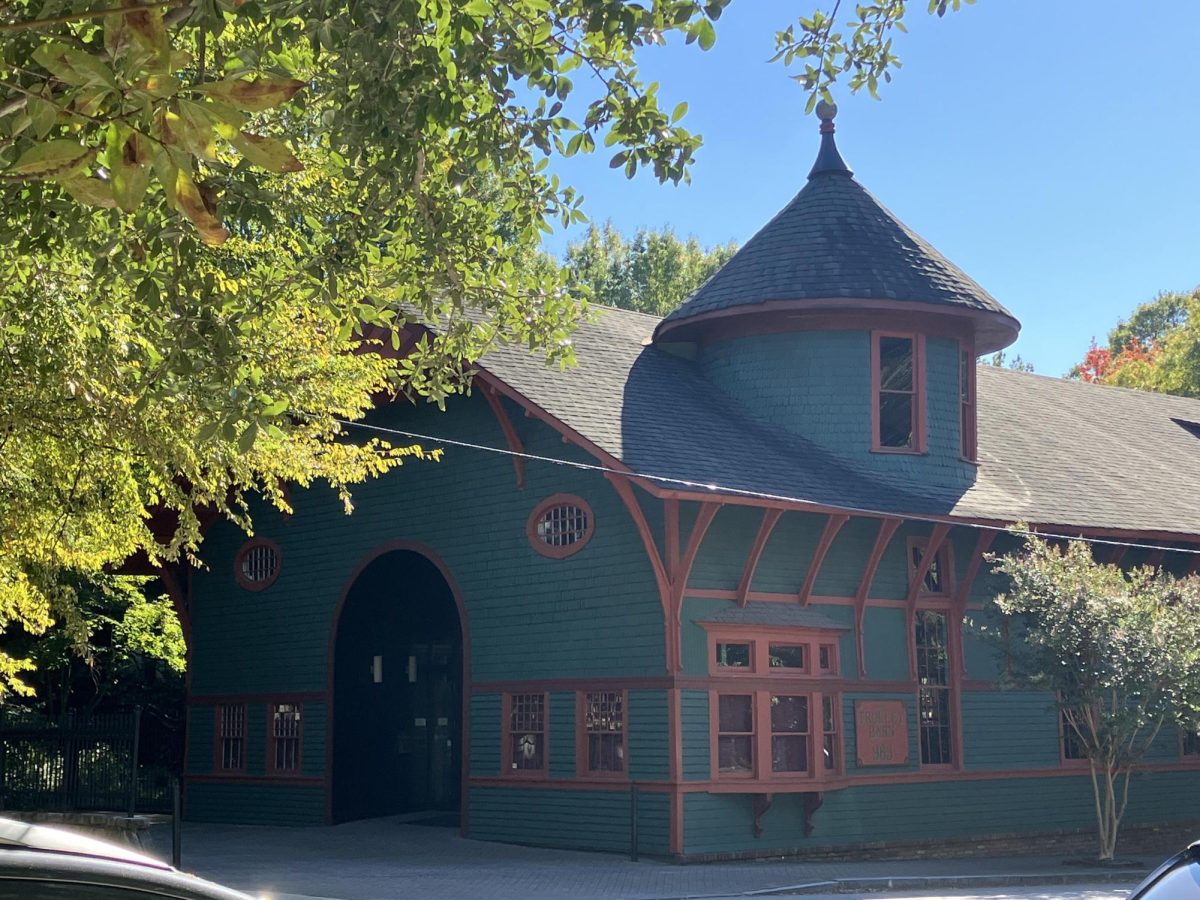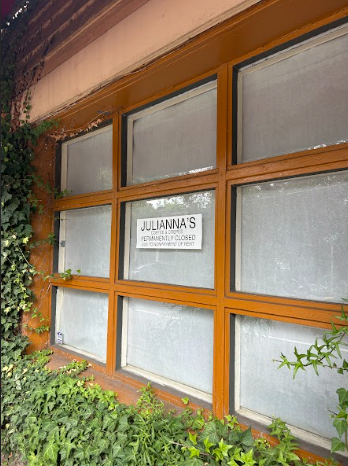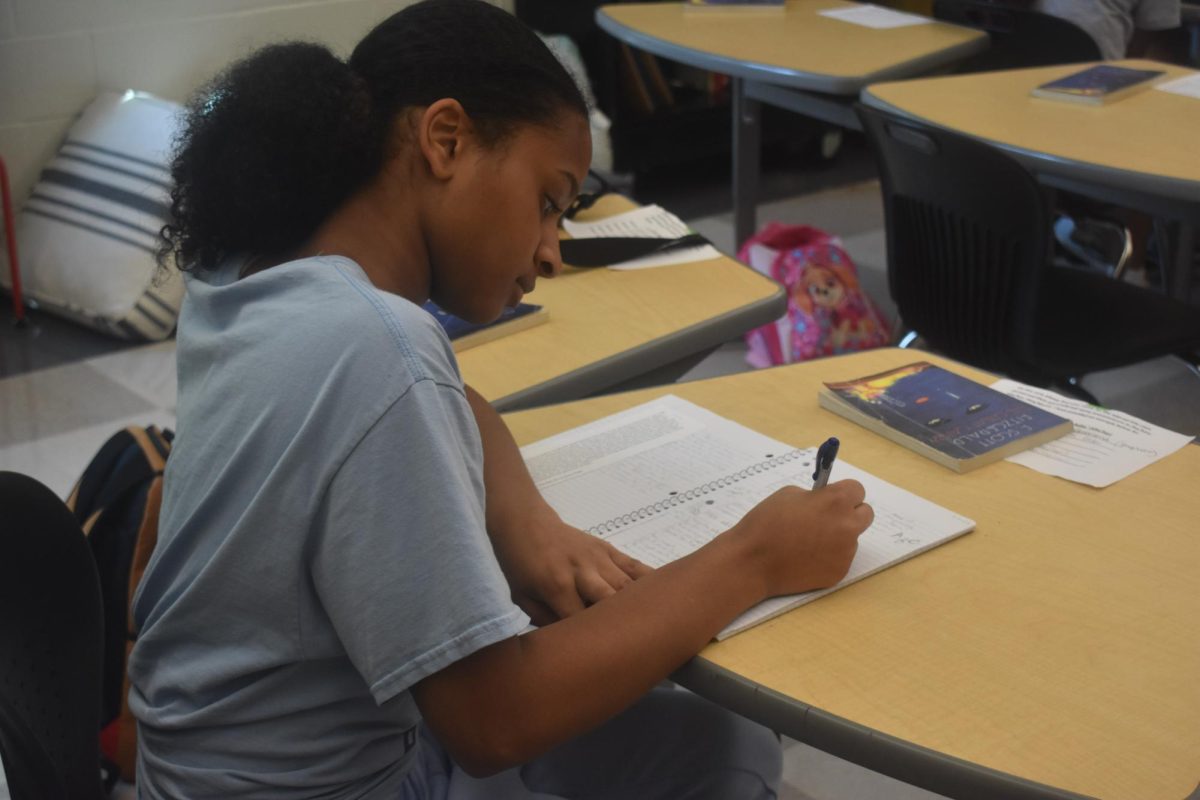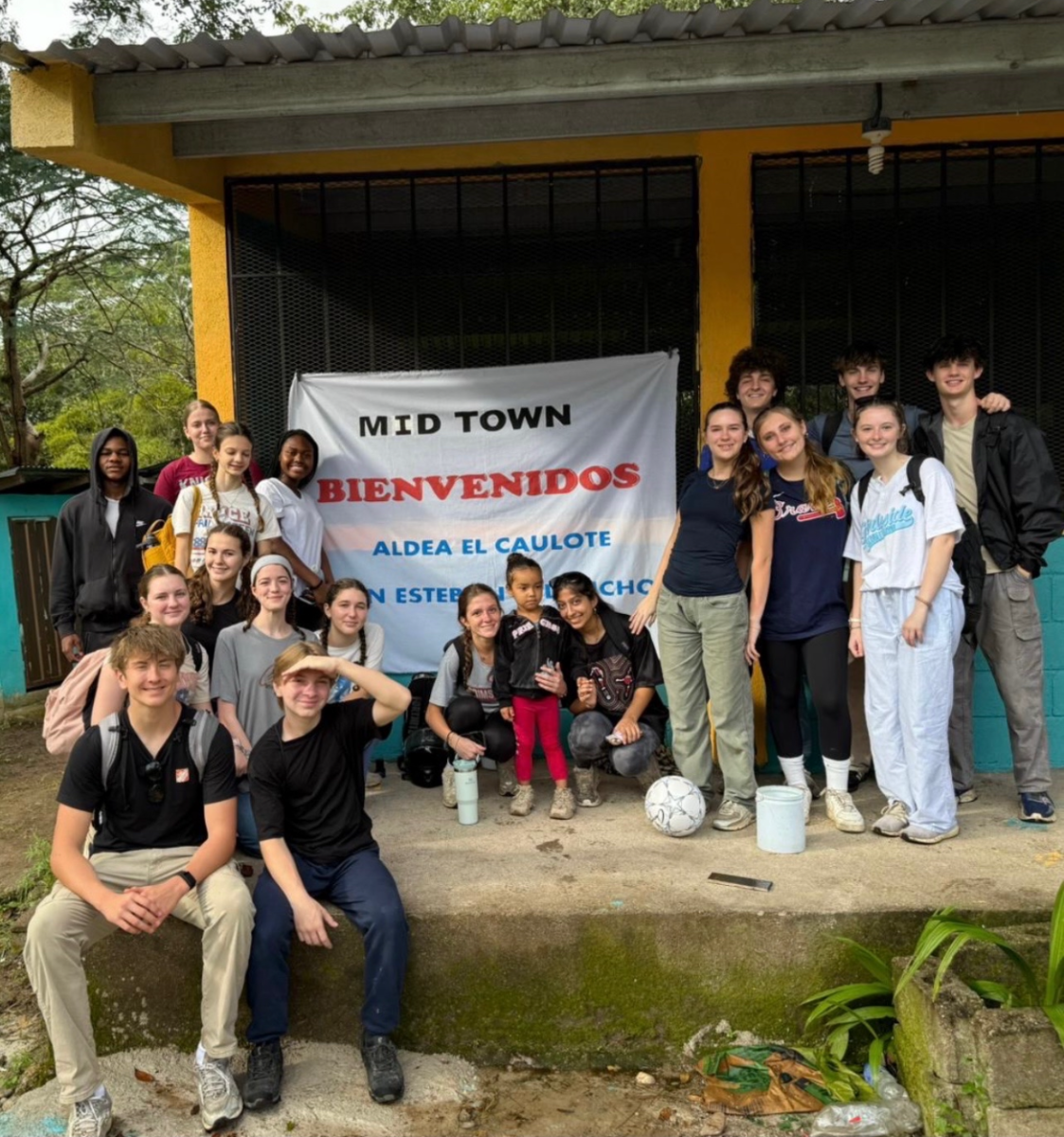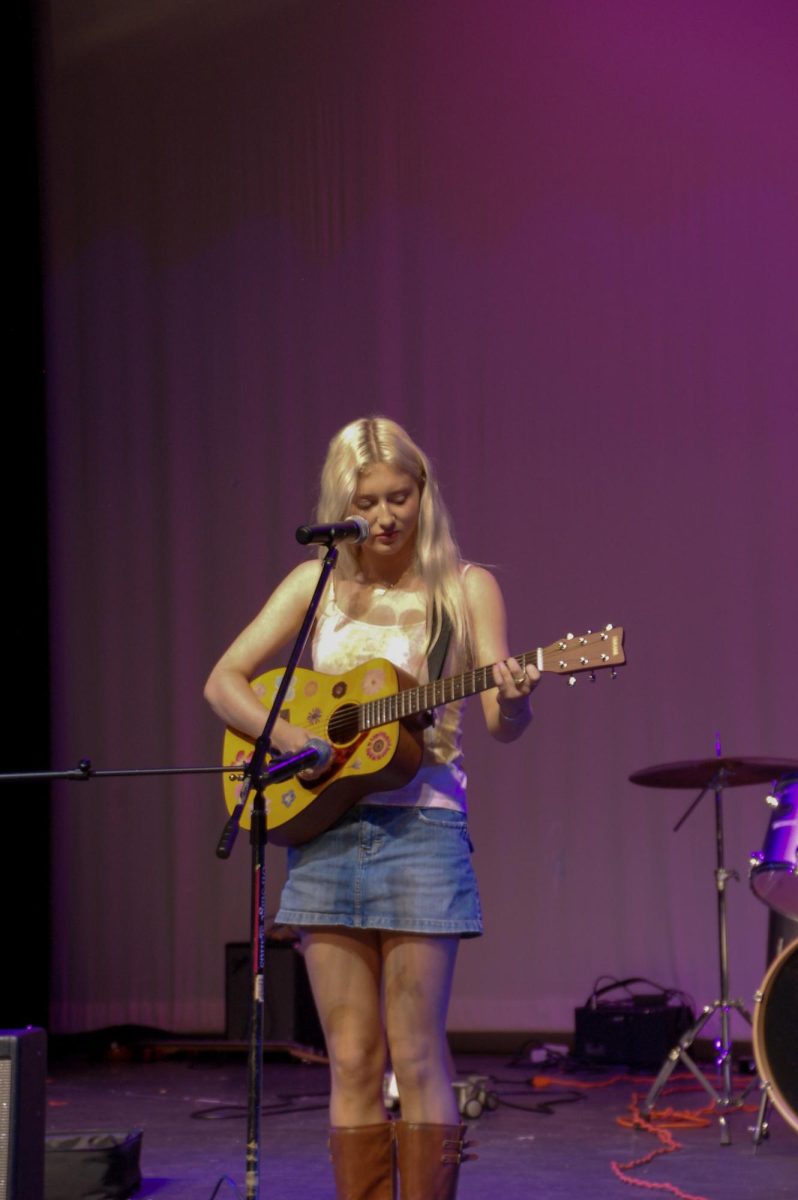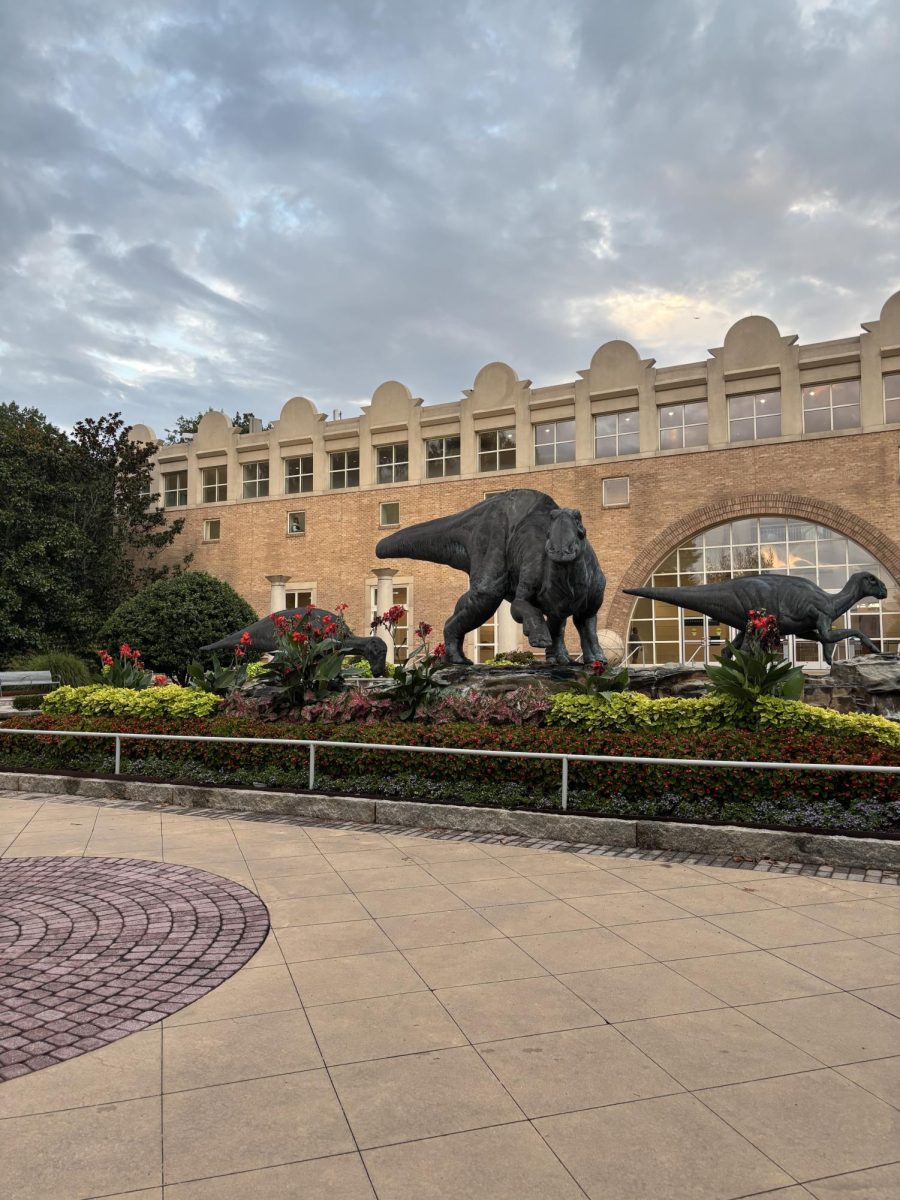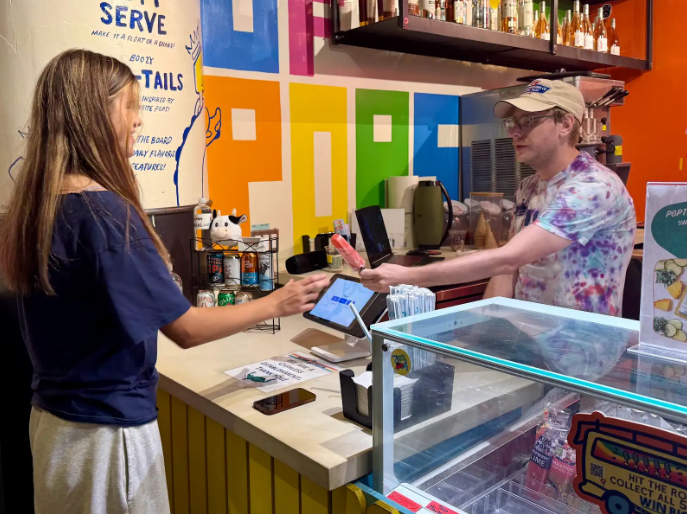The Trolley Barn, located on Edgewood Avenue in Inman Park, transformed from a historic trolley station into a vibrant event venue that acts as a center for the community and serves as a reflection of Atlanta’s unique role in the advancement of streetcar systems.
In the 1890s and early 1900s, Samuel Inman and Joel Hurt founded one of the first electric streetcar systems in the United States. The Trolley Barn functioned as its headquarters. When cars made streetcars obsolete in 1912, the Trolley Barn was repurposed. Trolley Barn executive director and Midtown parent Julie Noble said over the following 40 years, it became a church, a basketball court, a farmer’s market and an antique storage and repair shop.
“By the late 70s, it was slated to be demolished,” Noble said. “The city had not been maintaining it and they were going to knock it down, so the neighborhood stepped in and did most of the work to renovate it.”
Inman Park residents created a nonprofit organization called the Atlanta and Edgewood Street Railway Company (AESRC), sharing the name with the original streetcar company. In 1987, a ribbon-cutting ceremony, attended by Atlanta Mayor Andrew Young and former U.S. Representative John Lewis, marked the end of the Trolley Barn’s reconstruction.
“[The Trolley Barn] was an anchor to draw people so that they would move to Inman Park and build new houses,” Noble said.
The classic Victorian building, built in 1889, has a vivid teal exterior with rust-colored accents. Orderly shingles cover its roof and, inside, the balcony-like second floor overlooks the main event area. The building’s distinct staircase is a particular favorite of Amy Higgins, an architect and the chairperson of the Trolley Barn’s Facilities Committee.
“As you come in the front door, and you go to the right and you’ve got all that elaborate metalwork,” Higgins said. “[The staircase] spirals up into the turret above, and it’s a nice juxtaposition between the very classic wood construction, elaborately painted and Victorian style, and then you’ve got this more industrial metal stair, and I kind of enjoy the two different styles.”
Now, the Trolley Barn hosts a variety of private events, including weddings, bar and bat mitzvahs and holiday parties. Laura Cooley celebrated her wedding at the Trolley Barn in October 2023.
“[My husband and I] really loved it,” Cooley said. “The staff there was great; they made setting it up and organizing everything very easy. It is a beautiful space, a very flexible space, with a lot of room and a lot of charm … I loved the big vaulted ceiling and the brickwork.”
In addition to social gatherings, the Trolley Barn provides a space for nonprofit organizations. Noble said the Trolley Barn is set to host L’Arche Atlanta, Future Successors, Brandywine Cares and the Dobbs Foundation in the next two months, in addition to regular Red Cross blood drives.
“It is good to have a space where we can fit this many people,” Noble said. “We get a lot of work done here, meetings, but we have a lot of fun here too, and we are fulfilling the mission of maintaining the building.”
Many businesses suffered during the pandemic, but the Trolley Barn managed to stay afloat under the leadership of Lisa Milko, the executive director before Noble.
“[The Trolley Barn staff] worked really hard at doing whatever they could do, meaning smaller weddings, candlelight concerts, they had a lot of COVID testing,” Noble said. “[Milko] was really excellent at being flexible [when] a lot of people were freaking out, canceling or postponing. And we are still scheduling things that were postponed from COVID.”
In recent months, Inman Park residents have argued about whether to build a light rail on the BeltLine. Signs reading “BeltLine Rail Now!” and “Trains?! On our BeltLine?!” cluster in the yards of many neighborhood homes. The Trolley Barn’s history serves as a reminder that light rail once connected Atlanta neighborhoods.
“You could make an argument that the Trolley Barn represents an ideal that we lost, and could get back,” Noble said.
The Trolley Barn continues to evolve with the neighborhood and remains a valued gathering spot in Inman Park.
“It is just a special building because it’s been in the community, and the community has put a lot of resources into restoring and maintaining it,” Cooley said.

